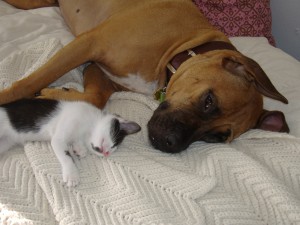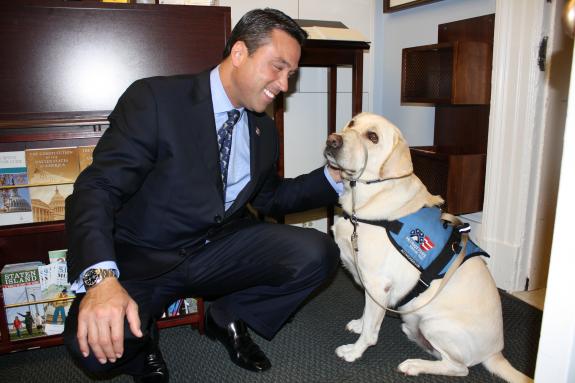 Forensic scientists in England have used a cat DNA database to identify cat hair found on a dead body, and help convict the killer.
Forensic scientists in England have used a cat DNA database to identify cat hair found on a dead body, and help convict the killer.
g
The UK’s first cat database of DNA from British cats was established by forensic scientists at the University of Leicester, and has already helped to solve a homicide. When the remains of a man were found in a trash bag on an English beach last year, 8 cat hairs were found on a curtain wrapped around his body. And thanks to the help of this DNA database, the killer was subsequently convicted.
The cat hairs were initially examined by the Veterinary Genetics Laboratory at the University of California, Davis, and were shown to match hair of a cat belonging to the victim’s friend. DNA obtained from the cat hair, however, was not nuclear DNA (nDNA), but mitochondrial DNA (mtDNA). While nDNA, found in hair roots, is individual-specific, mtDNA, present in hair shafts, is maternally-inherited and can therefore be shared by many animals.
Although the mtDNA was also shown to differ from 493 other randomly sampled cats in the United States, prosecutors needed to determine the evidential strength of the match by demonstrating how rare the match might be for 2 random cats in the UK.
Consequently, Jon Wetton, a geneticist at the University of Leicester, worked with his team to create a database of cat DNA for this purpose. After collecting samples of mtDNA from 152 cats across Britain over a 6-week period, only 3 were a match with the cat hairs from the crime scene, confirming that it was an uncommon type in the UK as well as in the United States. Although not a perfect match, it indicated that the hairs on the victim’s torso most likely belonged to his friend’s cat, and provided evidence that was able to be used to help convict the killer.
This marks the first time that cat hair has been used in a criminal trial in the UK, and the group at the University of Leicester aims to publish their data for use in future crime investigations.
d









Follow Me!